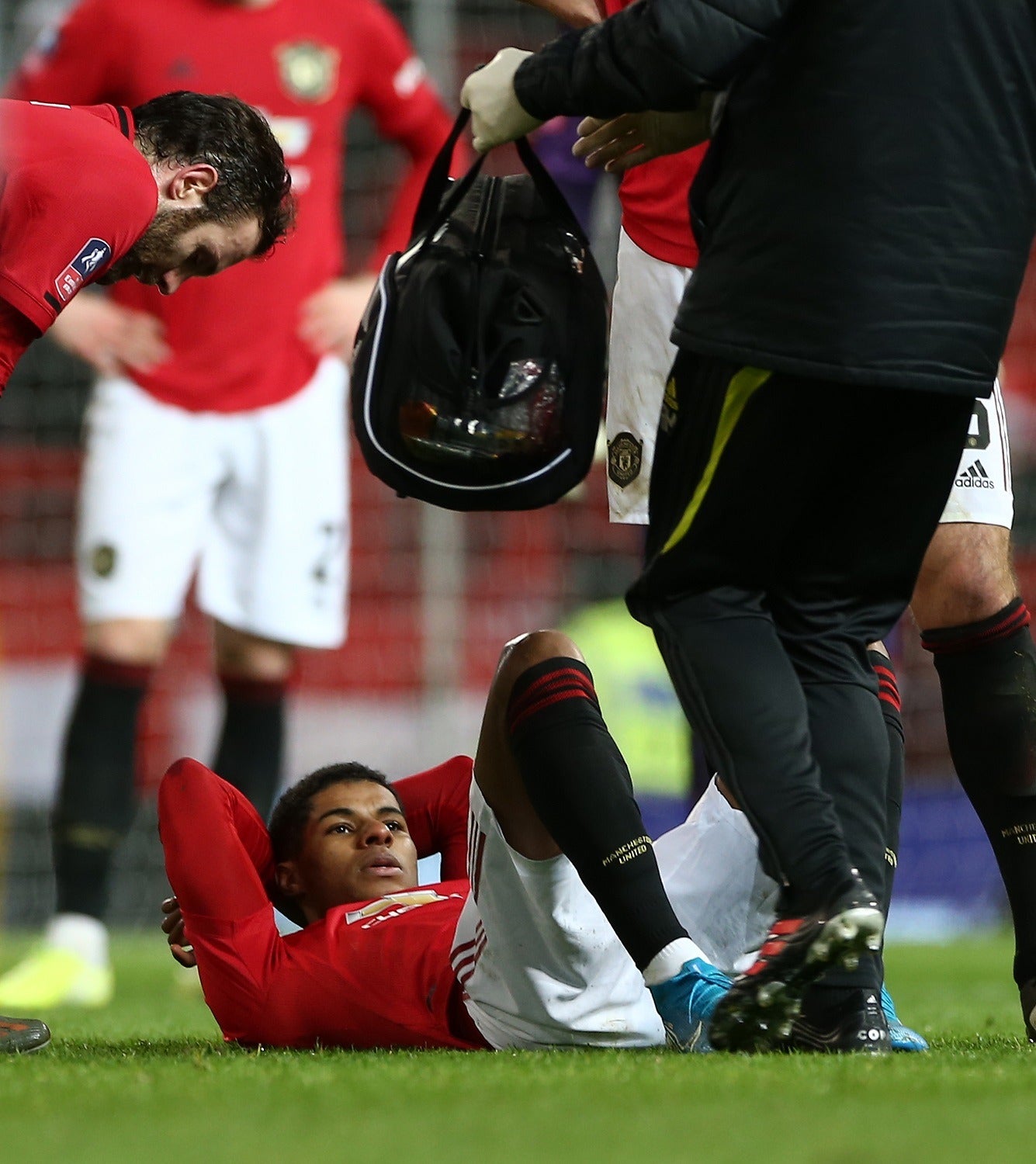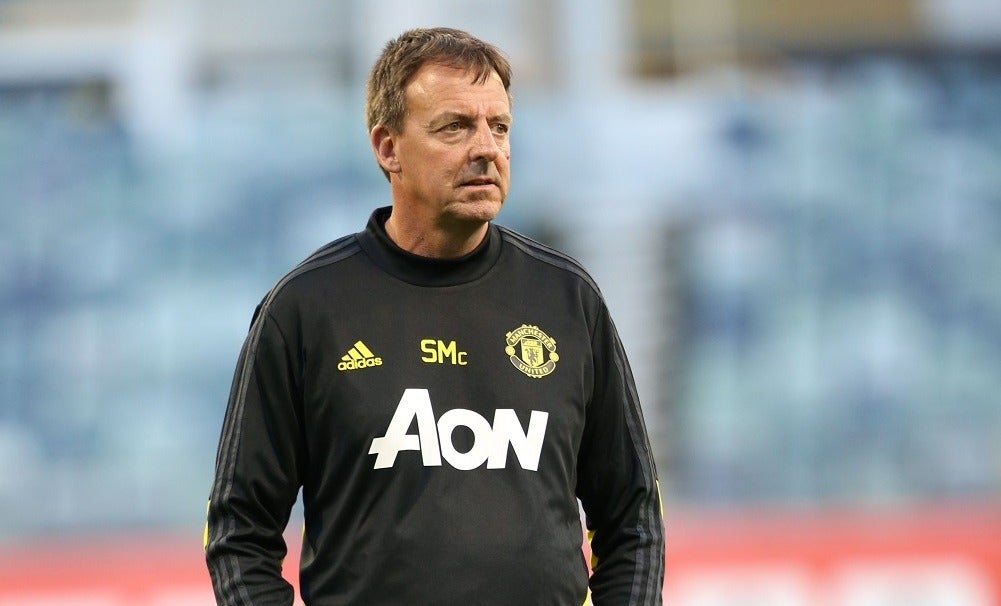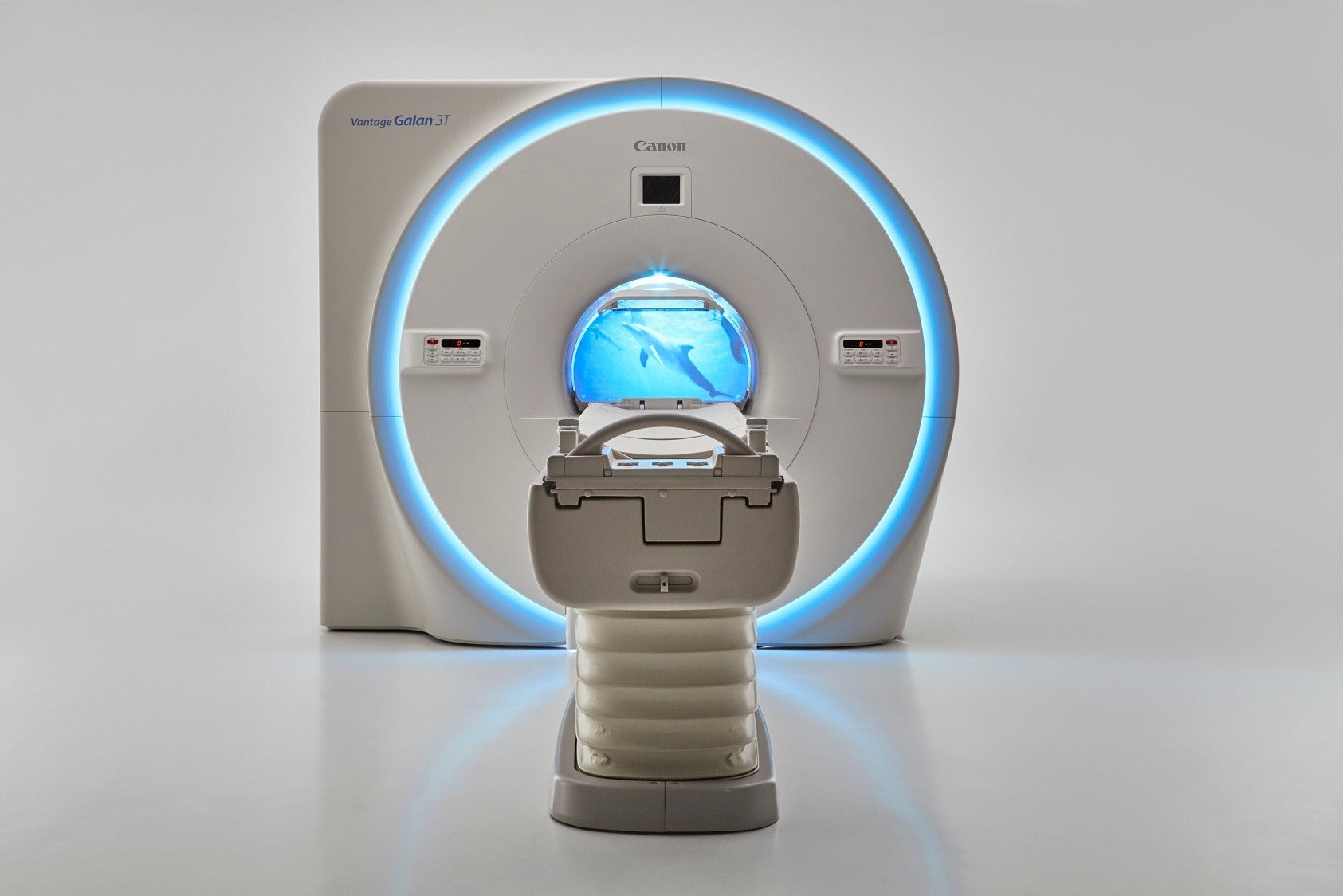
As the head of football medicine and science at Manchester United Football Club, Dr Steve McNally is familiar with some of the foremost technologies being used in the world of sport today.
One such area of technology is medical imaging, which has a wide array of uses in the football world — from helping players recover from injuries to regular assessments of their performance levels.
Dr McNally discusses the uses of medical imaging in the sport, and what the future may hold for these types of technologies.
Q&A with Dr Steve McNally of Manchester United
What level is medical imaging currently at within football — is it comparable with technology and the equipment used in hospitals?
We are fortunate at Manchester United Football Club to have a very advanced diagnostic imaging centre at our Old Trafford training ground that includes state-of-the-art modalities of CT, MRI and ultrasound.
For over seven years Canon Medical Systems has been our official medical systems partner providing and supporting the imaging systems.

This unique partnership ensures the routine monitoring of player health and specialist sports medicine research projects that have the potential to benefit wider health populations.
The same multi-modality imaging equipment can be found at the frontline of independent and NHS hospitals across the UK.
What is the difference between medical imaging at the highest level — at clubs like Manchester United — and the lower tiers of English football?
Many football clubs have pitch-side ultrasound systems that can be deployed to assess injury.
But for deeper analysis, when there isn’t a dedicated imaging centre at the football club, players need to be admitted to hospitals for assessments.
This is fine and they receive excellent care. However, in the higher echelons of Premier League football we need added levels of business confidentiality over and above that employed in standard patient care because of wider media interest.
What can clubs and healthtech companies, alike, do to take medical imaging to the next level in football?
Exchanging best case examples and research outcomes is a great opportunity to further medical imaging in sports medicine, not only in football but also in tennis, rugby, basketball and cycling.
For example, the recent Sports Medicine & MSK Solutions Event hosted by Canon Medical Systems at our Old Trafford stadium brought together over one hundred sports physicians, radiologists and physiotherapists to hear about developments in musculoskeletal and cardiology.
Forums such as this help broaden people’s understanding of MSK (musculoskeletal), profiling techniques and innovation in imaging solutions to really push the boundaries of medical imaging in sports injury prevention, diagnosis and faster rehabilitation.
When it comes to faster rehabilitation, what benefits can medical imaging provide? Could we see the timeframe associated with serious injuries reduced?
Medical imaging equipment gives us much more detailed information about a player’s anatomy and assists us with reshaping training and player schedules to assist rehabilitation and prevent injury.
Even the smallest injury in elite sports has implications. Having the right diagnostic tool at the peak of its development is vital to diagnosing subtle injuries that could impact player health.
Using our high-resolution Vantage Galan 3T MRI system, for example, helps to identify very minute intra-articular joint injuries, muscle oedema changes or very small fibre tears.

Detailed diagnostic information is crucial to accurately give the injury a grading using classification systems.
This grading severity then translates into an estimate of the mean number of player and training days that will be lost.
Although there is conflicting research about the value of using MRI to determine time out, undoubtedly having higher clinical confidence in injury analysis by using high-clarity imaging outputs from new-generation systems has the potential to be intrinsically linked to the rehabilitation and recovery time of the player.
Concussion protocols and the importance of treating head injuries properly has come to the fore in football recently — how can innovations in medical imaging aid this?
MRI is an excellent choice of tool for diagnosing and monitoring for Chronic Traumatic Encephalopathy (CTE), the result of repetitive brain trauma from blows to the head and repeated episodes of concussion, which in football may have come from player contact or heading the ball.
From this season at Manchester United Football Club, we have started to gather data by using the Vantage Galan 3T MRI system to measure volumes of brain tissue in specific areas to monitor for a decrease in volumes over time.
If the volumes become unusual or deviate from the norms that we would expect, it may help us identify early changes of CTE that need closer monitoring.
This is a new, long-term data gathering study in our cohort of players that has been facilitated with the new next-generation MRI now in place at our medical centre.
How do you think AI, machine learning and other intelligent technologies can benefit medical imaging as we enter a new decade?
The ongoing advancement of all medical imaging equipment for general patient healthcare and sports medicine is very exciting.
AI and machine learning technologies will most probably help healthcare institutions with repetitive tasks in high-throughput environments at first, but we look forward to working with our imaging partners and seeing how the 2020s evolve.




